Rising Geriatric Population
The demographic shift towards an aging population in South America is emerging as a significant driver for the intracranial pressure-monitoring market. As individuals age, the risk of neurological disorders, including dementia and stroke, escalates. This demographic trend is projected to result in a 20% increase in the elderly population by 2030, thereby amplifying the need for effective monitoring solutions. Healthcare providers are increasingly recognizing the necessity of implementing intracranial pressure monitoring to manage age-related neurological conditions. Consequently, the market is likely to experience heightened demand for devices that cater specifically to the needs of the geriatric population, ensuring timely intervention and improved patient outcomes.
Increasing Awareness of Neurological Health
There is a growing awareness of neurological health issues among the South American population, which is positively influencing the intracranial pressure-monitoring market. Educational campaigns and community outreach programs are being implemented to inform the public about the importance of early detection and management of neurological disorders. This heightened awareness is likely to lead to an increase in patient consultations and diagnostic procedures, thereby driving demand for intracranial pressure monitoring solutions. Furthermore, healthcare professionals are becoming more proactive in recommending monitoring devices as part of standard care protocols. This trend suggests a promising future for the market, as increased awareness translates into greater utilization of advanced monitoring technologies.
Increased Government Initiatives and Funding
In South America, government initiatives aimed at improving healthcare access and quality are significantly impacting the intracranial pressure-monitoring market. Various countries are allocating substantial budgets to enhance healthcare infrastructure, which includes the procurement of advanced medical devices. For instance, Brazil has announced investments exceeding $500 million in healthcare technology over the next few years. Such funding is expected to facilitate the acquisition of state-of-the-art intracranial pressure monitoring systems, thereby improving patient care. Additionally, public health campaigns focusing on neurological health are likely to increase awareness and drive demand for monitoring solutions. This trend indicates a positive outlook for the market, as government support plays a crucial role in expanding the availability of essential medical technologies.
Technological Innovations in Medical Devices
Technological innovations are reshaping the landscape of the intracranial pressure-monitoring market in South America. The introduction of non-invasive monitoring techniques and advanced sensor technologies is revolutionizing how intracranial pressure is measured. These innovations not only enhance the accuracy of readings but also improve patient comfort and reduce the risk of complications associated with invasive procedures. The market is witnessing a shift towards devices that integrate with digital health platforms, allowing for remote monitoring and data analysis. This trend is expected to attract investment from both public and private sectors, further propelling the growth of the market. As a result, the intracranial pressure-monitoring market is poised for substantial advancements driven by ongoing technological progress.
Growing Demand for Advanced Monitoring Solutions
The increasing prevalence of neurological disorders in South America is driving the demand for advanced monitoring solutions in the intracranial pressure-monitoring market. As healthcare providers seek to enhance patient outcomes, the adoption of sophisticated monitoring technologies becomes essential. The market is projected to grow at a CAGR of approximately 8% over the next five years, reflecting the urgency for effective management of conditions such as traumatic brain injury and stroke. This growth is further supported by the rising awareness among healthcare professionals regarding the importance of real-time intracranial pressure monitoring. Consequently, the intracranial pressure-monitoring market is likely to witness a surge in demand for innovative devices that offer improved accuracy and reliability in monitoring intracranial pressure levels.


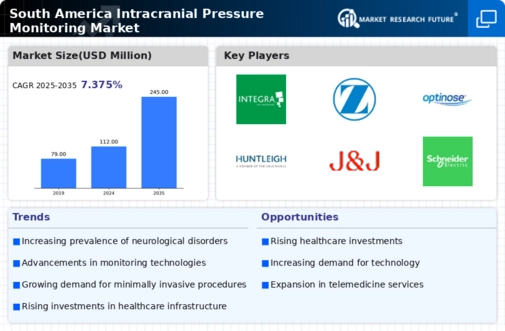
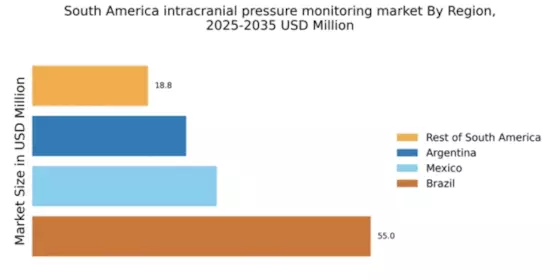
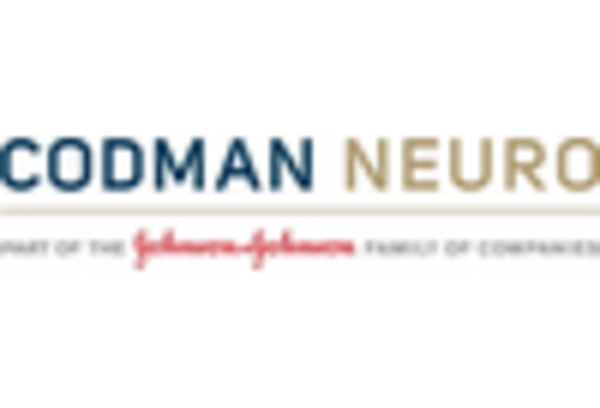


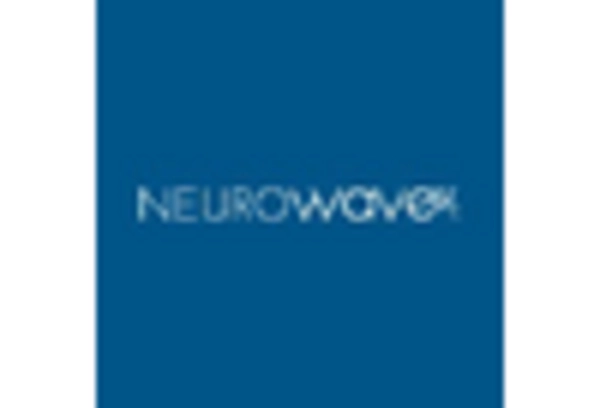
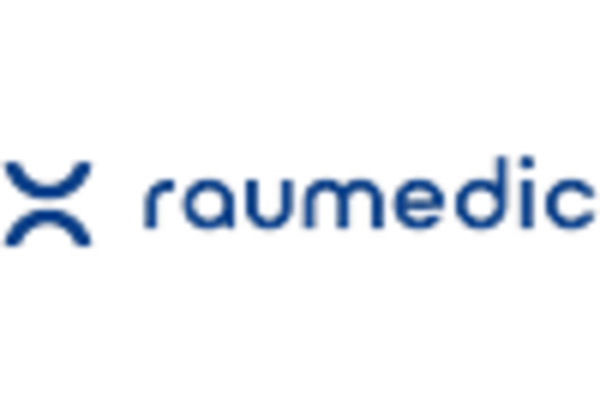









Leave a Comment